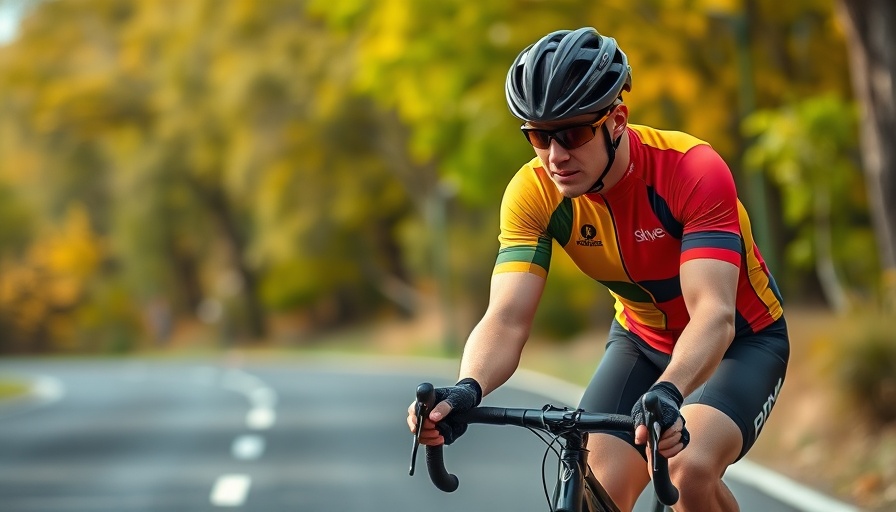
Understanding Knee Pain in Cyclists
Knee pain is a common yet perplexing issue faced by many cyclists. Research suggests that between 15% to 48% of cyclists experience some form of knee pain during their riding journeys. This article highlights the essential aspects of cycling-related knee pain, including its causes, symptoms, and solutions, enabling cyclists to address their discomfort and continue enjoying the ride.
Common Types of Knee Pain While Cycling
Knee pain can manifest in various areas, leading to distinct sensations and discomfort. The four primary categories of cycling knee pain include:
- Anterior Knee Pain: Often felt at the front of the knee, this pain, usually linked to the patella, can arise from incorrect bike setup or muscle imbalances.
- Posterior Knee Pain: Located at the back of the knee, this type is often attributed to a saddle set too high or back, causing excessive extension.
- Medial Knee Pain: Involving the inside of the knee, this pain can be caused by improper positioning of pedals or cleats, leading to excessive pressure on the knee's ligaments.
- Lateral Knee Pain: Pain on the outside of the knee, frequently associated with the iliotibial band syndrome or overuse injuries caused by imbalanced training loads.
Identifying the Causes
Understanding knee pain requires a comprehensive analysis of several contributing factors, including training loads, equipment issues, and individual anatomical factors. Sudden increases in cycling volume or intensity, improper bike fit, and muscle imbalances can exacerbate discomfort, potentially compromising your cycling experience.
Creating a Solution
Here are some actionable strategies for managing and preventing knee pain while cycling:
- Proper Bike Fit: Ensuring your bike is appropriately fitted is paramount. Consider consulting a professional bike fitter to evaluate saddle heights, crank lengths, and pedal positions to reduce stress on the knee.
- Monitor Training Loads: Gradually increase your training intensity and volume to avoid overexertion. Tracking your rides can help manage spikes in intensity that might lead to injury.
- Strength Training: Engaging in strength training focused on the quads, glutes, and core can significantly improve muscle balance and support, reducing the risk of knee pain. Incorporate exercises such as squats, lunges, and stability exercises into your routine.
- Stretching and Recovery: Integrate regular stretching and foam rolling to alleviate muscle tightness, especially after long rides. This practice helps maintain flexibility and aids in recovery.
Seeking Guidance
If knee pain persists despite these interventions, it’s essential to consult a healthcare professional or physiotherapist specializing in cycling injuries. Early intervention can prevent chronic conditions from developing and ensure a quicker return to cycling without pain.
Conclusion
Understanding the nuances of cycling-related knee pain can empower you to tackle discomfort effectively and confidently enjoy the ride. By taking proactive measures and seeking the right support, you can keep your knees healthy and continue pursuing your passion for cycling.
 Add Row
Add Row  Add
Add 




Write A Comment